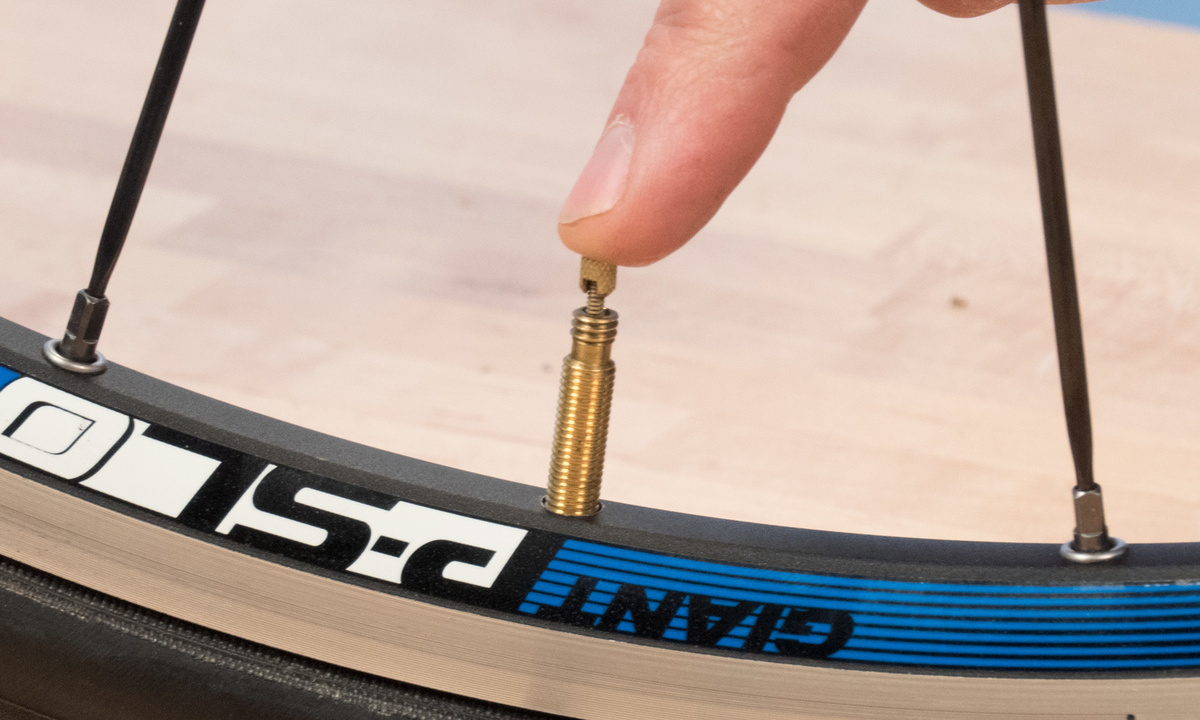

Articles
How To Inflate Presta Valve Without Adapter
Modified: October 20, 2024
Learn how to inflate Presta valve without an adapter with our informative articles. Find step-by-step instructions and useful tips to make the process easier and hassle-free.
(Many of the links in this article redirect to a specific reviewed product. Your purchase of these products through affiliate links helps to generate commission for Storables.com, at no extra cost. Learn more)
Introduction
Welcome to our comprehensive guide on how to inflate a Presta valve without an adapter. If you are a cyclist or someone who enjoys cycling, you’ve probably come across Presta valves. These valves are commonly found on high-performance bicycles and are known for their sleek design and reliability. However, inflating a Presta valve without the necessary adapter can be a bit challenging for some riders.
In this article, we will walk you through the process of inflating a Presta valve without using an adapter. We will explore the anatomy of a Presta valve, discuss the benefits of inflating without an adapter, and provide you with a step-by-step guide to follow. By the end of this article, you will be equipped with the knowledge and skills to confidently inflate your Presta valve without any hassle.
Read more: How To Use A Presta Valve Adapter
Understanding Presta Valves
Before we dive into the process of inflating a Presta valve without an adapter, let’s take a moment to understand the anatomy of a Presta valve. Presta valves are commonly found on road bikes, mountain bikes, and other high-performance bicycles. They differ from Schrader valves, which are commonly found on car tires, in a few key ways.
A Presta valve consists of a narrow valve stem that is threaded at its base. At the top of the stem, there is a small locknut and a valve cap. The locknut is used to secure the valve to the rim of the bicycle tire, while the valve cap is used to protect the valve from dirt and debris.
One of the main advantages of Presta valves is their ability to hold higher pressures compared to Schrader valves. This makes them ideal for road cycling, where higher tire pressures are often required for optimal performance.
Why Inflate Without an Adapter?
You might be wondering why you would want to inflate a Presta valve without using an adapter when adapters are readily available. While using an adapter is a convenient option, there are a few benefits to inflating a Presta valve directly without an adapter.
Firstly, inflating without an adapter can be faster and more efficient. Adapters can add an extra step to the inflation process, requiring you to attach and detach the adapter each time you want to inflate the tire. By inflating without an adapter, you can streamline the process and save valuable time.
Additionally, inflating without an adapter eliminates the risk of losing or misplacing the adapter. It’s not uncommon for small accessories like adapters to get misplaced or lost, especially when you are out on the road or trail. By inflating without an adapter, you can avoid the inconvenience of not having the necessary equipment when you need it.
Lastly, inflating without an adapter allows for a more secure connection between the pump and the valve. When using an adapter, there is a possibility of air leakage or an insecure connection, which can affect the efficiency and accuracy of inflation. Inflating directly without an adapter ensures a tight and secure connection for a precise and reliable inflation process.
Now that we understand the advantages of inflating a Presta valve without an adapter, let’s explore when you should consider inflating without an adapter.
When Should You Inflate Without an Adapter?
Inflating a Presta valve without an adapter is suitable for situations where you have a compatible pump with a Presta valve head. Many floor pumps and mini pumps come with a Presta valve head that can be directly attached to the valve. If you have a pump with a Presta valve head, it’s worth considering inflating without an adapter.
However, if you don’t have a pump with a Presta valve head or if you are using a public air compressor or a pump with a Schrader valve head, it is recommended to use an adapter. Adapters provide compatibility between different types of valves, allowing you to inflate your Presta valve with ease.
Now that we have clarified when to consider inflating without an adapter, let’s move on to the preparation and step-by-step guide for inflating a Presta valve without an adapter.
Key Takeaways:
- Inflating a Presta valve without an adapter saves time, ensures a secure connection, and eliminates the risk of losing the adapter. It’s suitable when using a pump with a Presta valve head for a streamlined inflation process.
- Troubleshooting tips for dealing with air leaks and stuck valves provide cyclists with the knowledge and confidence to overcome common inflation issues, ensuring a smooth and successful process.
Understanding Presta Valves
Before we proceed with inflating a Presta valve without an adapter, let’s delve deeper into the anatomy of a Presta valve and understand the reasons why many cyclists prefer to use Presta valves on their bicycles.
Read more: How To Use A Schrader Valve Adapter
Anatomy of a Presta Valve
A Presta valve is a slender and elongated valve commonly found on road bikes, mountain bikes, and other high-performance bicycles. Unlike the more commonly known Schrader valves, Presta valves have a few distinct features.
The Presta valve consists of a narrow valve stem that is threaded at its base. The threaded base allows for a secure attachment to the rim of the bicycle tire. At the top of the stem, there is a small locknut and a valve cap.
The locknut serves the purpose of securing the valve to the rim, preventing it from coming loose during rides. The valve cap, on the other hand, protects the valve from dirt, debris, and moisture. While the valve cap is not essential for the valve’s functionality, it is recommended to keep it on to maintain the valve’s cleanliness.
Why Use a Presta Valve?
Many cyclists opt for Presta valves for a variety of reasons. Here are a few advantages of using Presta valves:
- Presta valves are lighter than Schrader valves, which means they have less impact on the overall weight of the bike. This is particularly crucial for riders looking to reduce the weight of their bikes for better performance.
- Due to their narrow size, Presta valves require smaller holes in the rims of bicycle tires. This allows for better structural integrity of the rim and reduces any potential weakening or damage caused by larger valve holes.
- Presta valves can hold higher tire pressures compared to Schrader valves, making them ideal for road cycling, where higher pressures are often required for optimal speed and performance.
- Presta valves have a removable valve core, which allows for easy replacement if needed. This feature also enables the use of valve extenders, which are practical for deep rims or disc wheels where the valve stem is shorter than the rim depth.
- Lastly, Presta valves are generally more aesthetically pleasing, with their sleek design blending seamlessly with the overall appearance of performance bicycles.
Considering these advantages, it’s no surprise that many cyclists prefer Presta valves for their bikes.
Now that we’ve covered the anatomy of a Presta valve and explored the reasons why people use them, we can move on to the next section: why you might want to inflate a Presta valve without an adapter.
Why Inflate Without an Adapter?
Before we dive into the process of inflating a Presta valve without an adapter, let’s discuss the benefits of choosing this method and when it is appropriate to inflate without an adapter.
Benefits of Inflating Without an Adapter
While using an adapter to inflate a Presta valve is a common practice, there are several advantages to inflating without an adapter:
- 1. Time-saving: Inflating without an adapter can be a faster and more efficient process. Skipping the step of attaching and detaching the adapter can help save valuable time, especially when you are in a hurry or need a quick inflation on the go.
- 2. Convenience: By inflating without an adapter, you eliminate the need to carry an extra accessory, reducing the risk of misplacing or losing the adapter. This can be particularly beneficial during long rides or when you don’t have immediate access to your complete toolset.
- 3. Secure connection: Inflating directly without an adapter ensures a tight and secure connection between the pump and the valve. Using an adapter may sometimes result in loose connections or air leakage, compromising the efficiency and accuracy of inflation. Inflating without an adapter provides a more reliable inflation process.
When Should You Inflate Without an Adapter?
While inflating a Presta valve without an adapter can be advantageous, it is essential to understand the scenarios where it is suitable:
- 1. Compatible pump: Inflating without an adapter is possible when you have a pump with a Presta valve head. Many floor pumps and mini pumps come with a specifically designed head that can be directly attached to the Presta valve. If you have a pump with a Presta valve head, you can confidently inflate without the need for an adapter.
- 2. Private pump: If you have access to a private air compressor or a pump with a Presta valve head, you can inflate without an adapter conveniently. Having your own pump with a Presta valve head ensures compatibility and eliminates the need for an adapter, making the inflation process smoother.
On the other hand, if you don’t have a pump with a Presta valve head or if you are using a public air compressor or a pump with a Schrader valve head, it is recommended to use an adapter. Adapters provide compatibility between different types of valves and ensure a secure connection for inflation.
Now that we understand the benefits and suitable scenarios for inflating without an adapter, let’s move on to the next section: preparing for inflation and the step-by-step guide to inflating a Presta valve without an adapter.
Preparing for Inflation
Before we proceed with inflating a Presta valve without an adapter, it is essential to gather the necessary tools and take some safety precautions. This preparation ensures a smooth and successful inflation process.
Gathering the Necessary Tools
Here are the tools you will need to inflate a Presta valve without an adapter:
- Pump with Presta Valve Head: Ensure that you have a pump with a Presta valve head. This type of pump head is designed specifically for Presta valves and allows for a direct connection without the need for an adapter.
- Pressure Gauge: A pressure gauge is essential for monitoring and adjusting the tire pressure. Make sure you have a reliable pressure gauge that is compatible with your pump.
Having these tools readily available will ensure that you can successfully inflate your Presta valve without any complications.
Safety Precautions
When inflating a Presta valve, it is important to follow some safety precautions to avoid any potential mishaps or damage. Here are a few key safety precautions to keep in mind:
- Tire Pressure Range: Check the recommended tire pressure range specified on the sidewall of your bicycle tire. Inflating beyond the recommended range can cause blowouts, while under-inflation can result in poor handling and increased rolling resistance.
- Valve Position: Ensure that the valve is in the upright position before attaching the pump head. This allows for a proper connection and prevents any air leakage during inflation.
- Slow and Controlled Inflation: Inflate the tire slowly and in a controlled manner. Rapid or excessive pumping can cause damage to the tire or valve. Take your time and monitor the pressure using the pressure gauge.
- Locknut Tightness: After inflating the tire, make sure to tighten the locknut on the Presta valve to secure it in place. This prevents the valve from loosening during rides and causing air leakage.
- Valve Cap Protection: Once you have finished inflating the tire, remember to put the valve cap back on to protect the valve from dirt, debris, and moisture. This helps maintain the cleanliness and functionality of the valve.
Following these safety precautions will ensure a safe and successful inflation process for your Presta valve.
Now that we have gathered the necessary tools and taken the appropriate safety precautions, we can move on to the step-by-step guide for inflating a Presta valve without an adapter.
Step-by-Step Guide to Inflating a Presta Valve Without an Adapter
Now that you have gathered the necessary tools and taken the necessary safety precautions, let’s walk through the step-by-step process of inflating a Presta valve without the need for an adapter.
1. Removing the Valve Cap
Start by removing the valve cap from the Presta valve. Unscrew the cap in an anticlockwise direction and set it aside. Keep the valve cap in a safe place to prevent it from getting lost during the inflation process.
2. Loosening the Valve Nut
After removing the valve cap, locate the small locknut on the Presta valve. Hold the valve stem near the base and use your fingers to loosen the locknut by turning it counter-clockwise. Loosen the nut just enough to allow airflow through the valve.
3. Opening the Valve
With the locknut loosened, it’s time to open the valve. To do this, press the tip of your finger or a small object against the top of the valve stem. As you apply pressure, you will notice a hissing sound, indicating that the valve is open and ready to receive air.
Read more: How To Drain Bestway Pool Without Adapter
4. Connecting the Pump
Grab your pump with the Presta valve head and locate the small rubber gasket inside the pump head. Make sure the gasket is clean and in good condition. Align the pump head with the valve and press it firmly onto the valve stem. The pump head should fit snugly over the valve without any wobbling or air leakage.
5. Inflating the Tire
With the pump securely connected to the valve, it’s time to start inflating the tire. Begin pumping the handle of the pump in a smooth and controlled manner. Monitor the pressure using the pressure gauge and stop pumping once you reach the desired tire pressure. Refer to the recommended tire pressure specified on the sidewall of your tire or consult your bike manufacturer’s guidelines for the appropriate pressure.
6. Disconnecting the Pump
Once you have inflated the tire to the desired pressure, release the pump head from the valve by pressing the lever or gently twisting it off. Be cautious not to disturb the valve or accidentally release any air that may still be trapped in the pump.
7. Securing the Valve
After disconnecting the pump, use your fingers to tighten the locknut on the Presta valve. It’s important to secure the locknut to prevent it from loosening during rides, which could lead to air leakage. Tighten the locknut in a clockwise direction until it is snug and secure.
Congratulations! You have successfully inflated your Presta valve without the need for an adapter. To complete the process, don’t forget to put the valve cap back on to protect the valve from dirt and debris.
If you want to adjust the tire pressure later or deflate the tire, simply follow the same steps in reverse. Remember to open the locknut, press the valve to release air, and repeat the process as needed.
In the next section, we will provide some troubleshooting tips to help you deal with common issues that may arise during the inflation process.
Read more: How To Inflate A Self-Inflating Mattress
Troubleshooting Tips
While inflating a Presta valve without an adapter is generally a straightforward process, there may be some situations where you encounter issues such as air leaks or stuck valves. In this section, we will provide you with some troubleshooting tips to help you overcome these challenges.
Dealing with Air Leaks
If you notice air leaking from the Presta valve during inflation, here are a few steps you can take to address the issue:
- Check the Valve Connection: Ensure that the pump head is securely connected to the valve. Double-check that the pump head fits snugly over the valve and that there are no gaps or wobbling. If the connection is loose, try reconnecting the pump head and make sure it is pressed firmly against the valve.
- Inspect the Valve Gasket: Examine the small rubber gasket inside the pump head. Ensure that it is clean, undamaged, and in good condition. Any debris or damage to the gasket can cause air leaks. Clean the gasket if necessary or replace it with a new one if it is worn out or cracked.
- Tighten the Locknut: Check the locknut on the Presta valve and ensure it is tightened properly. A loose locknut can result in air leakage. Use your fingers to tighten the locknut in a clockwise direction until it is snug and secure.
- Inspect Valve for Damage: Examine the Presta valve for any visible damage or deformities. Inspect the valve stem and the surrounding area for any cracks or signs of wear. If you notice any damage, it is advisable to replace the valve to prevent further issues.
By following these steps, you can typically address air leaks and ensure a secure and efficient inflation process.
Removing a Stuck Valve
If you encounter a situation where the Presta valve becomes stuck and you are unable to open it, here are some steps you can take to resolve the issue:
- Apply Lubrication: Use a small amount of lubricant, such as silicone spray or a dedicated valve lubricant, to the top of the valve stem. Gently work the lubricant into the valve and try to open it again. The lubrication should help loosen any debris or buildup that may be causing the valve to stick.
- Use Gripping Tools: If the valve is still stuck, you can try using gripping tools such as pliers or adjustable wrenches. Be cautious not to damage the valve stem or apply excessive force that could cause it to break. Use the gripping tools to gently and securely hold the valve while attempting to rotate and open it.
- Seek Professional Assistance: If you are unable to resolve the issue on your own, or if you are unsure about applying force to the valve, it is best to seek assistance from a professional bike mechanic. They will have the expertise and tools required to address the problem safely and effectively.
By following these steps, you can usually overcome a stuck valve and proceed with the inflation process smoothly.
With these troubleshooting tips in mind, you are now equipped to handle common issues that may arise during the inflation of a Presta valve without an adapter.
In the final section of this article, we will wrap up our discussion and summarize the key points.
Conclusion
Congratulations! You have reached the end of our comprehensive guide on how to inflate a Presta valve without an adapter. We have covered the anatomy of a Presta valve, discussed the benefits of inflating without an adapter, provided a step-by-step guide, and offered troubleshooting tips for common issues. By following the information and instructions in this article, you are now well-equipped to confidently inflate your Presta valve without any hassle.
Understanding the anatomy and advantages of Presta valves has given you insights into why many cyclists choose to use them. Inflating without an adapter offers benefits such as time-saving, convenience, and a secure connection between the pump and valve.
We have walked you through the step-by-step process of inflating your Presta valve without an adapter, starting from removing the valve cap to securing the valve after inflation. Remember to follow the safety precautions, monitor the tire pressure, and tighten the locknut to ensure a successful and reliable inflation process.
If you encounter any issues, our troubleshooting tips can help you deal with air leaks and stuck valves. By following these tips, you can address common problems and continue with the inflation process smoothly.
Remember, inflating a Presta valve without an adapter is suitable when you have a pump with a Presta valve head and in situations where it is convenient and time-saving. If you don’t have the appropriate pump or are using a public air compressor, it is recommended to use an adapter for compatibility.
We hope this guide has provided you with valuable knowledge and confidence in inflating your Presta valve without an adapter. Ride on and enjoy the smooth and efficient inflation process. Happy cycling!
Frequently Asked Questions about How To Inflate Presta Valve Without Adapter
Was this page helpful?
At Storables.com, we guarantee accurate and reliable information. Our content, validated by Expert Board Contributors, is crafted following stringent Editorial Policies. We're committed to providing you with well-researched, expert-backed insights for all your informational needs.

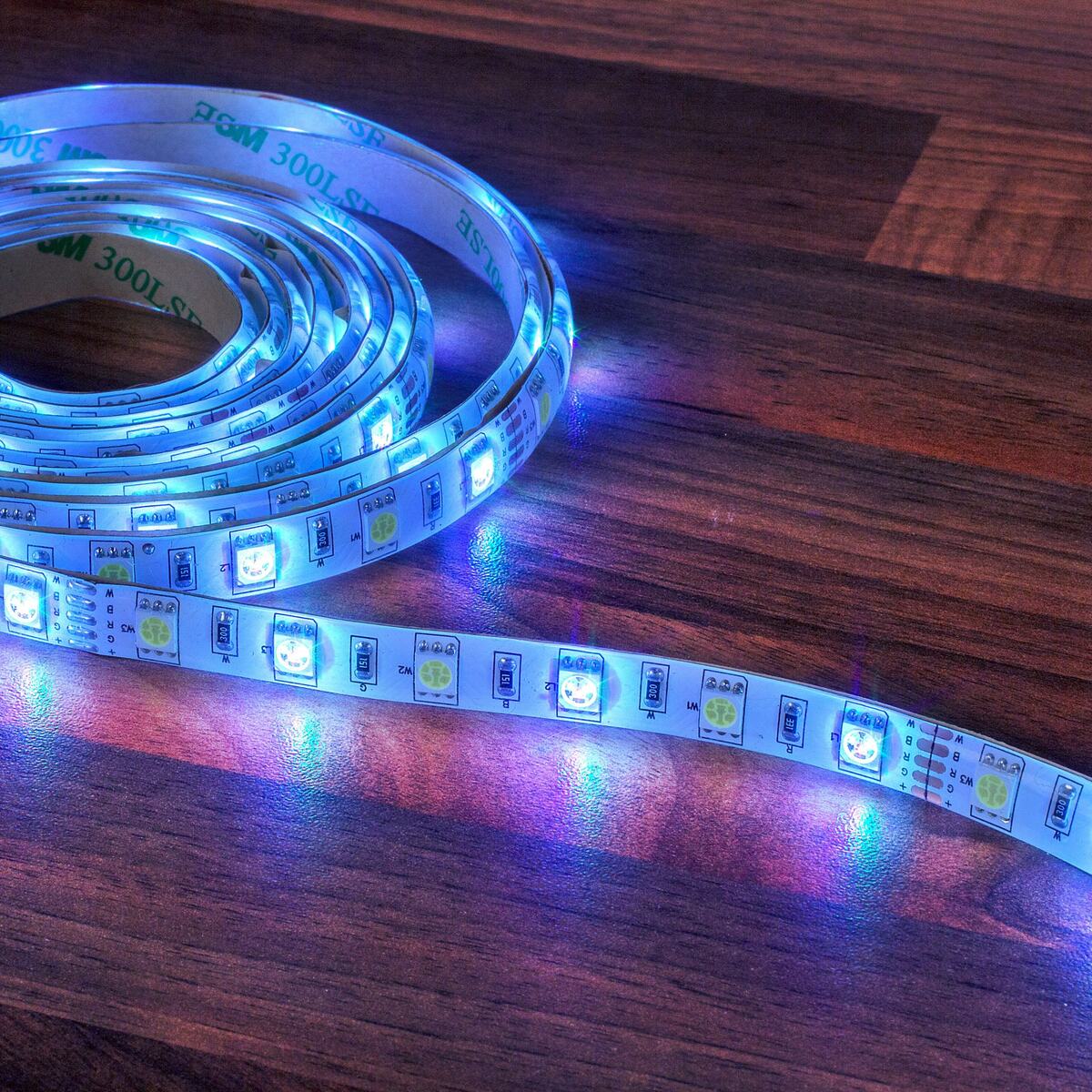
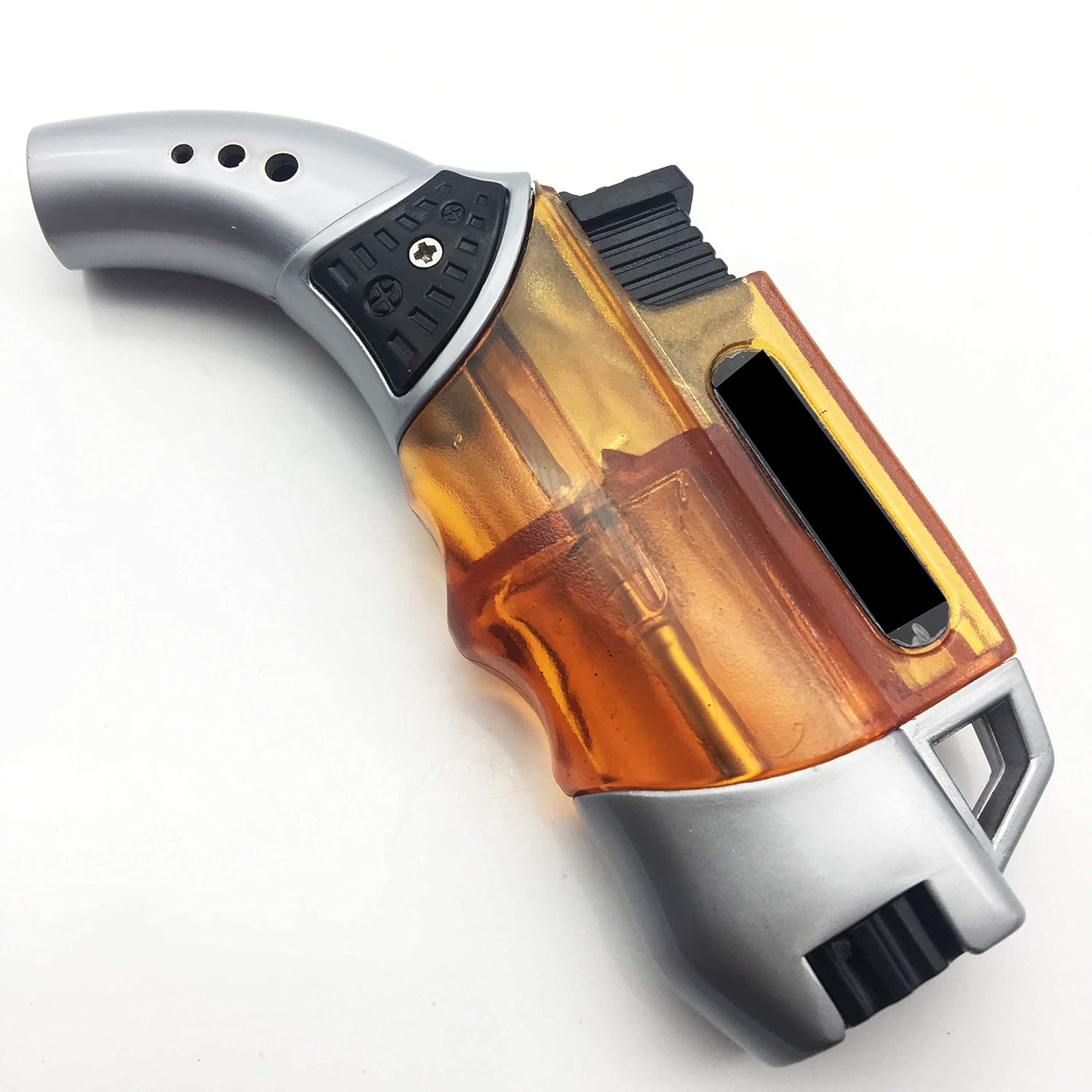
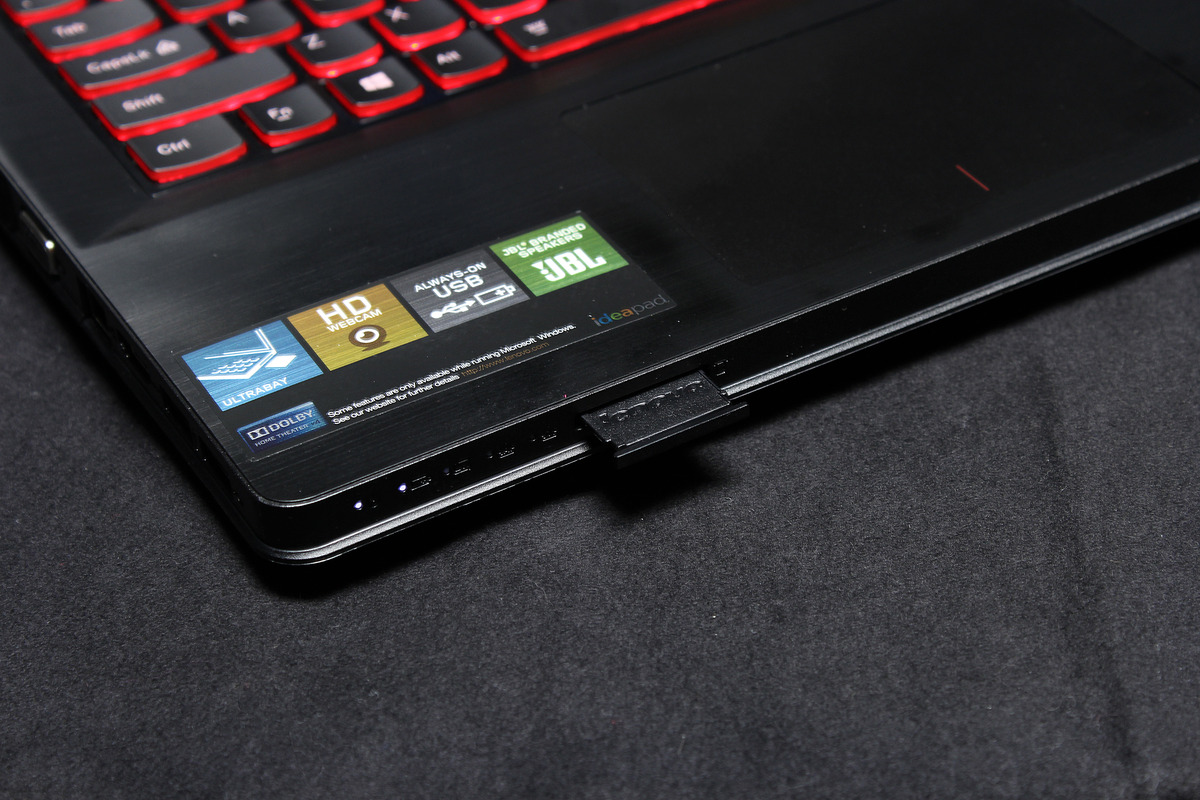

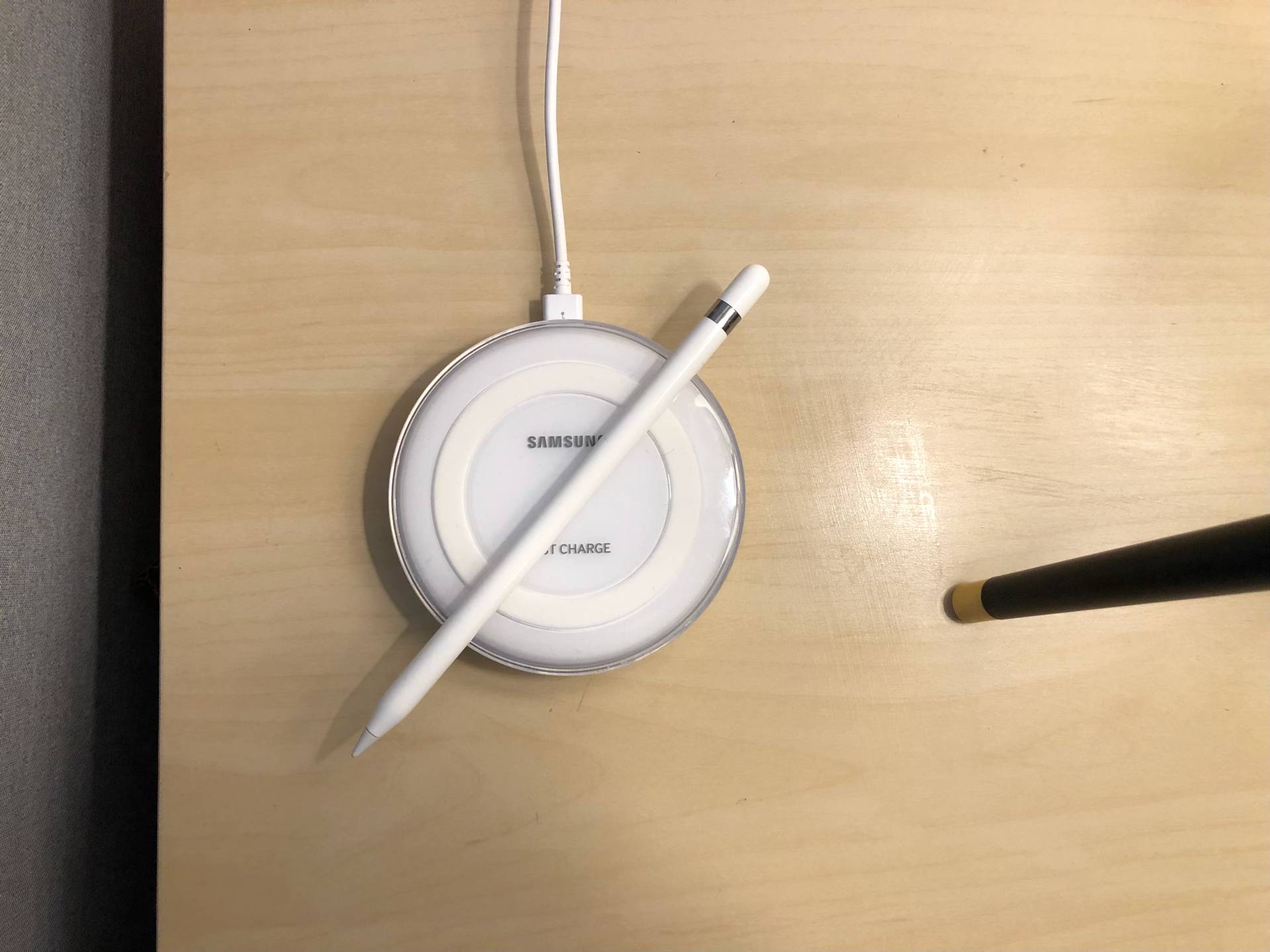
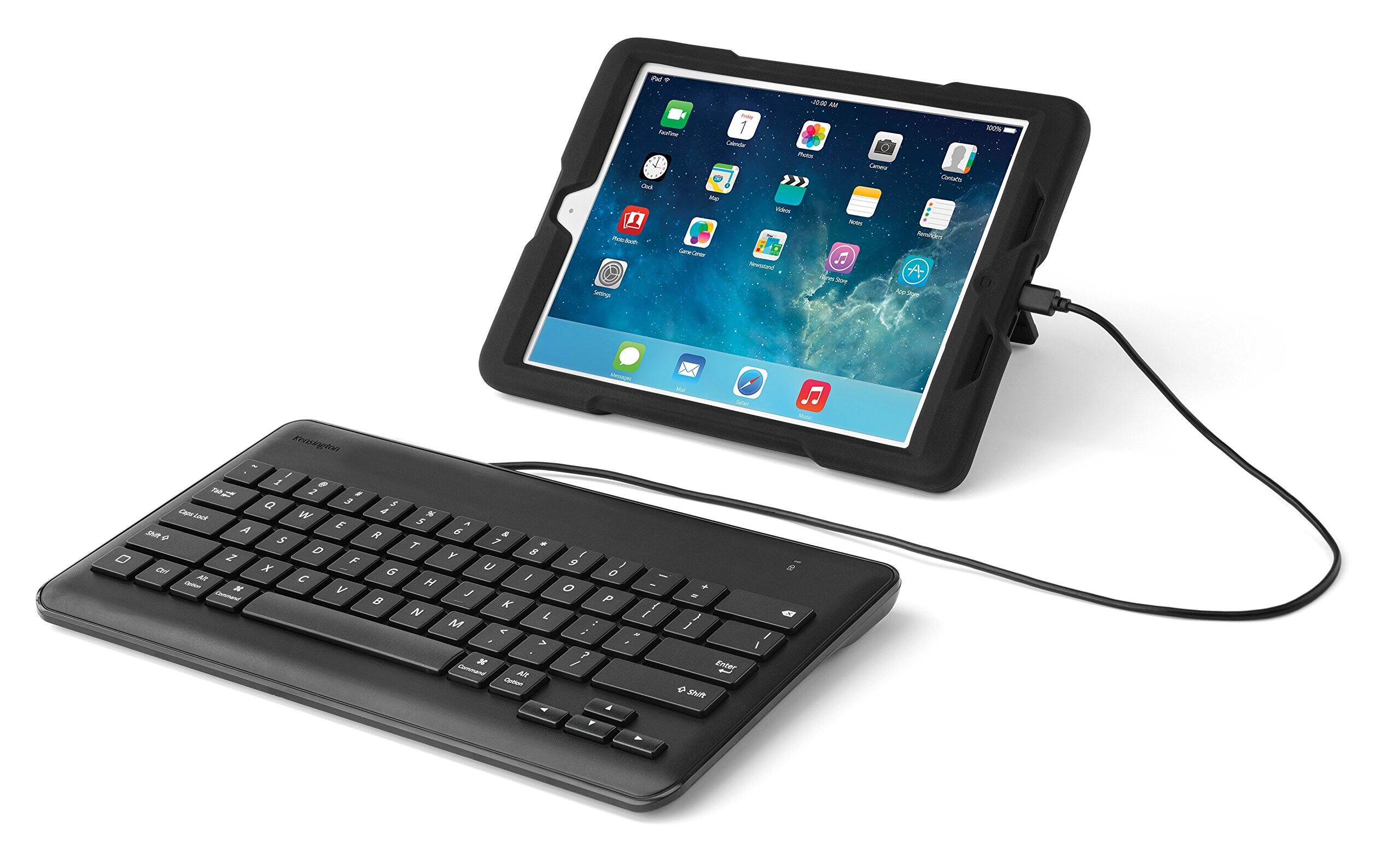
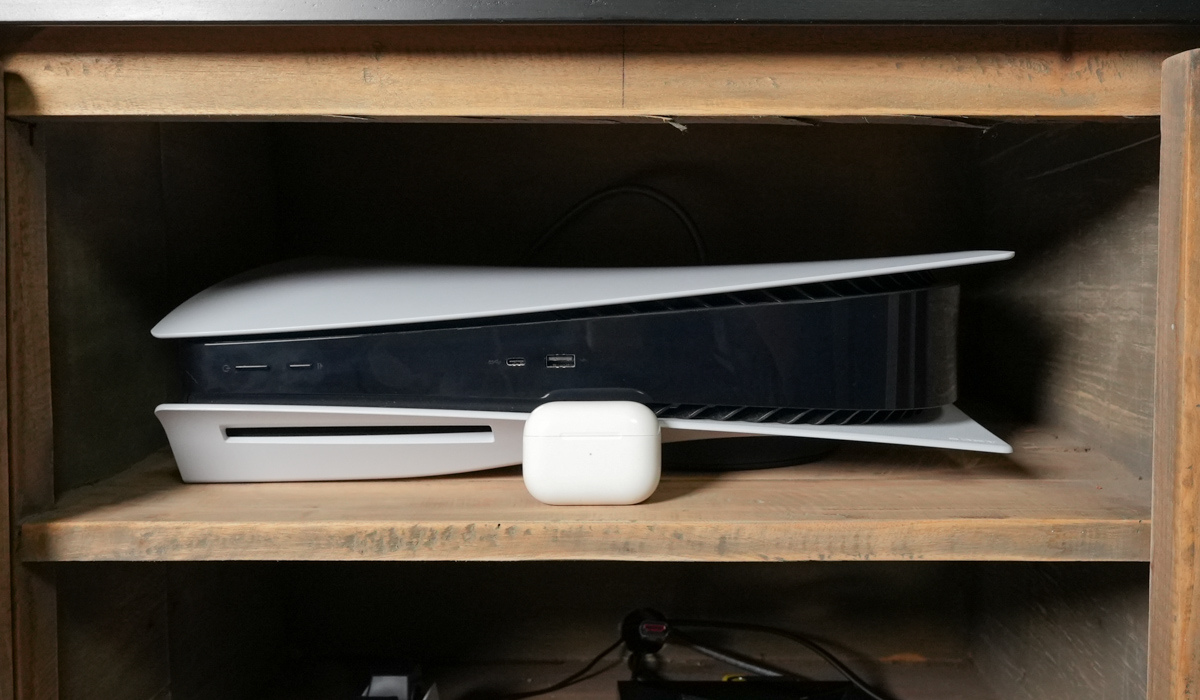

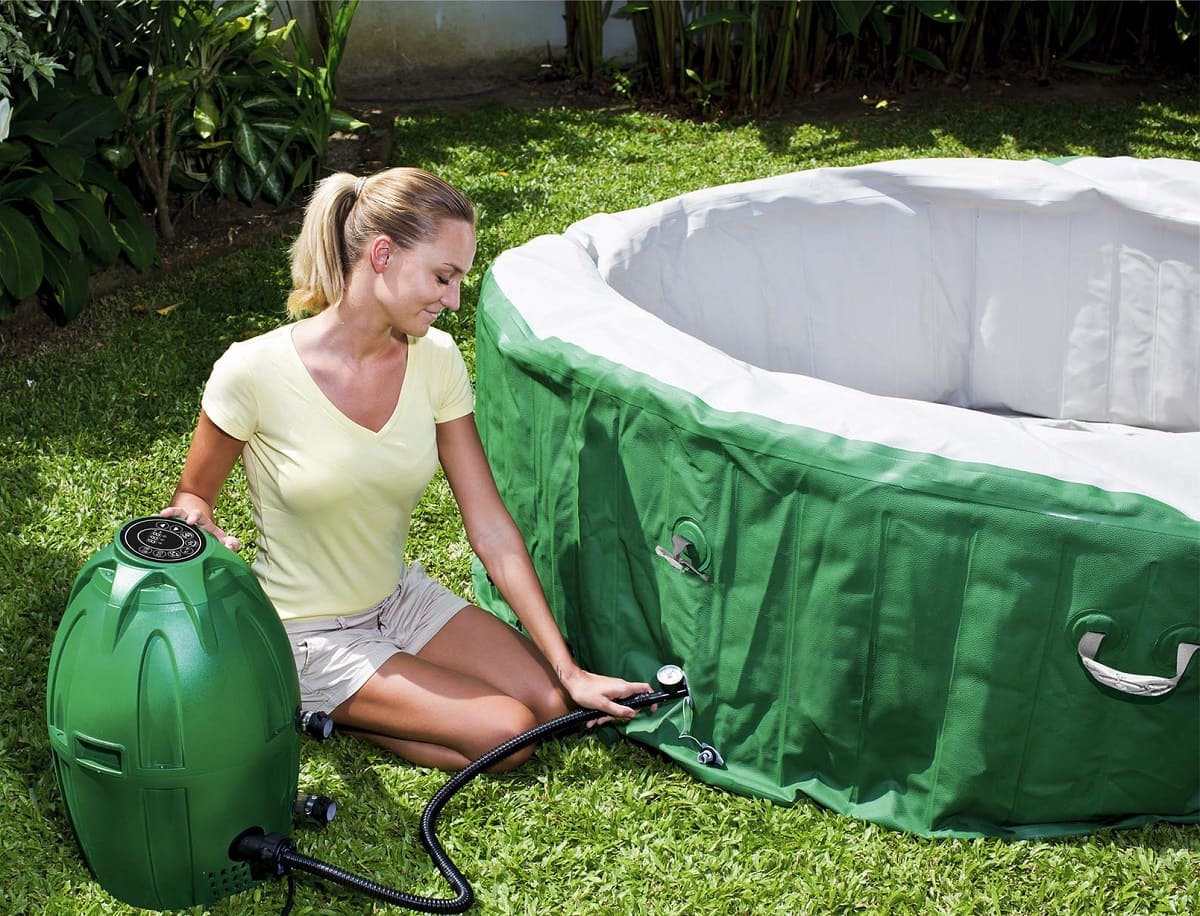

0 thoughts on “How To Inflate Presta Valve Without Adapter”